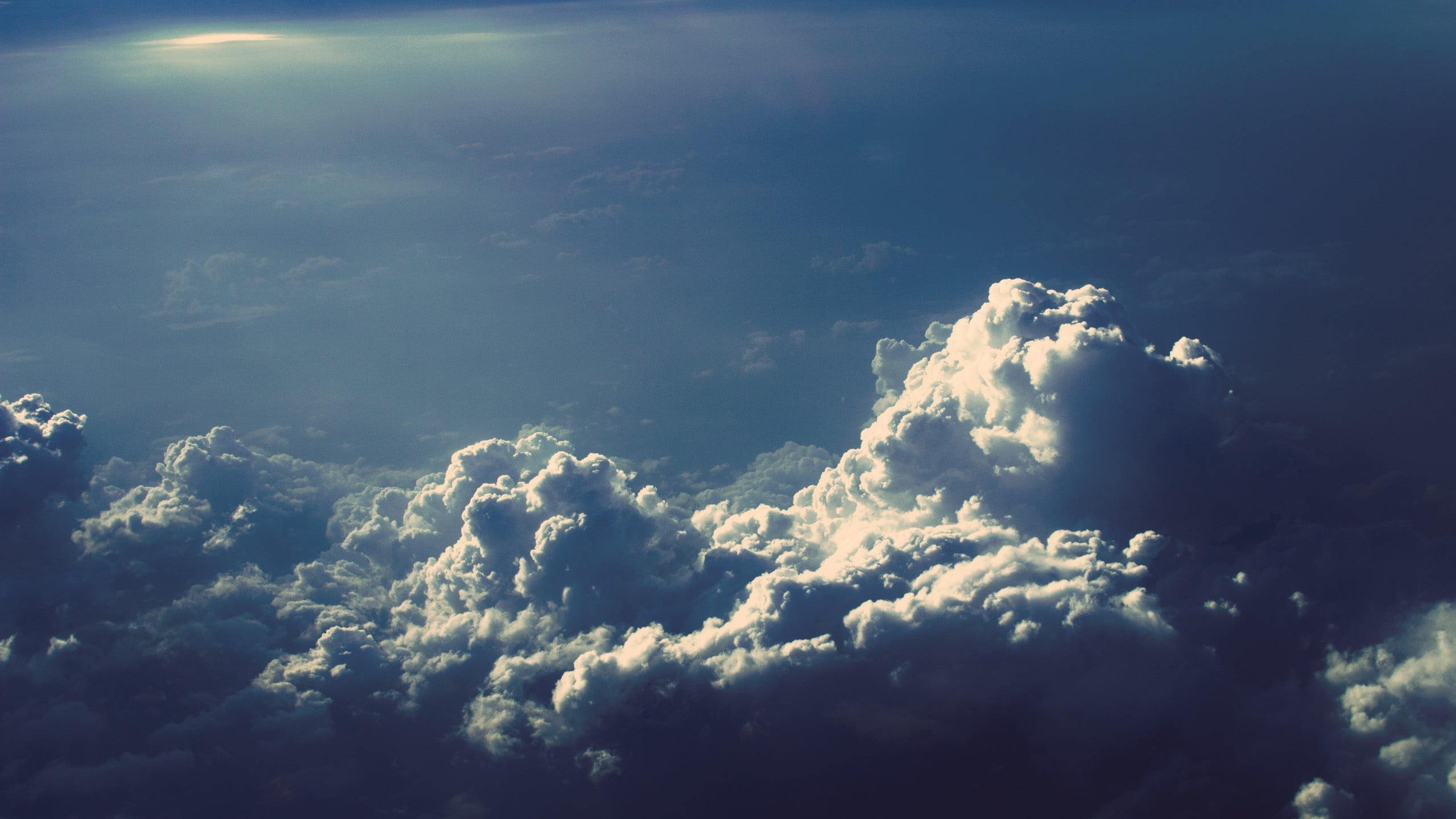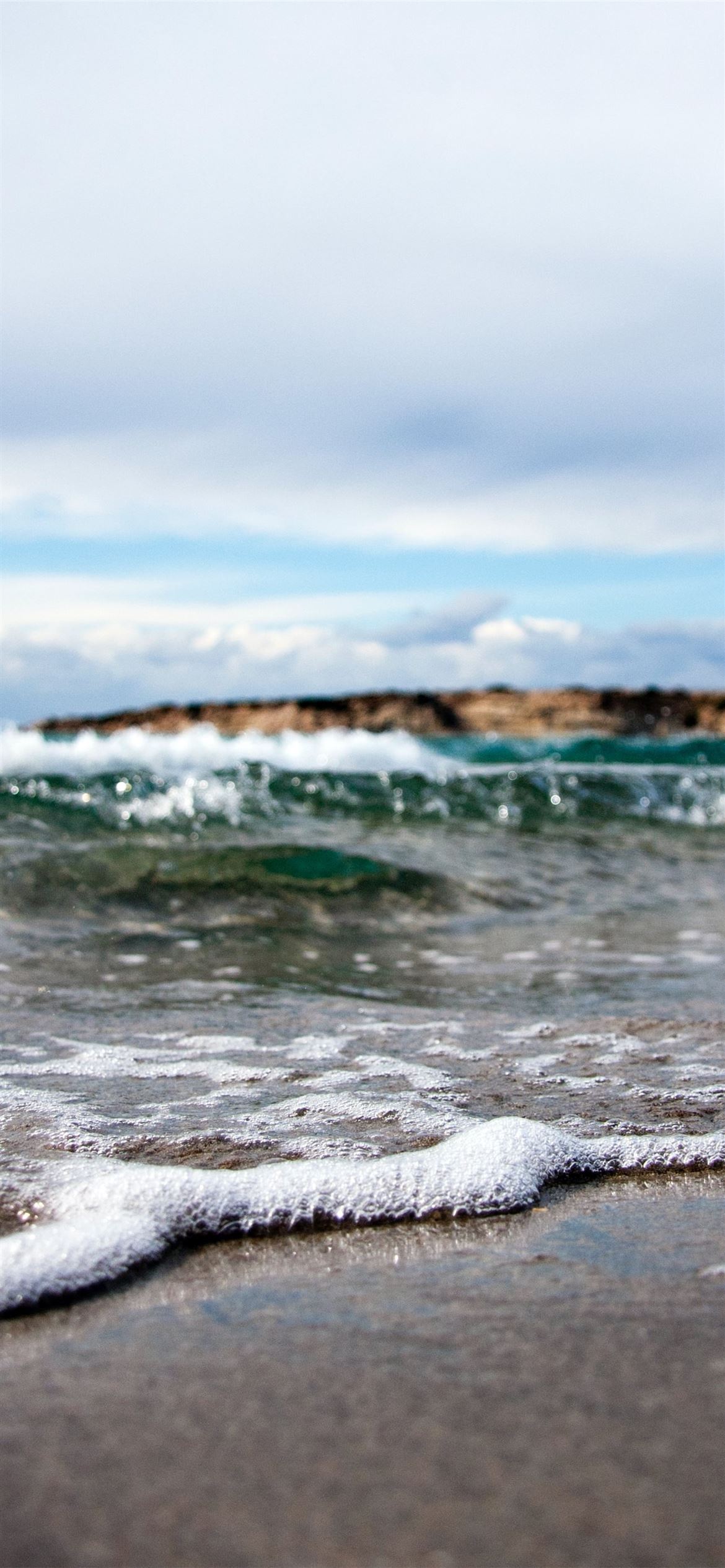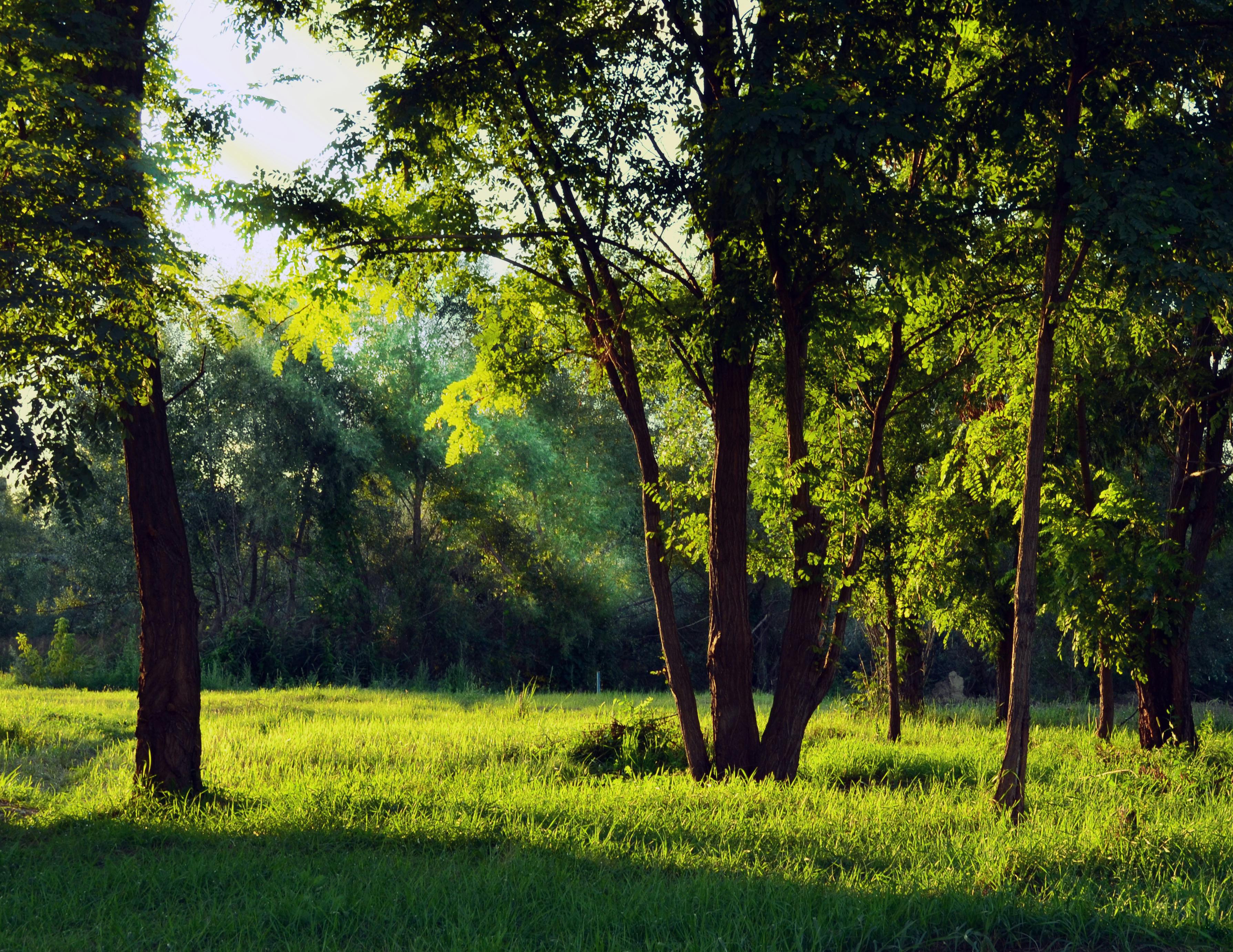


In their attempts to create an obedient, predictable river, US engineers have hemmed it in with so many dams and levees its sediments are discharged directly into the Gulf of Mexico instead of replenishing the wetlands along its banks.Īs a result, Louisiana is sinking, losing a football field of land every 100 minutes. Then there is the Mississippi – a favoured topic for both authors. But as Kolbert asks: “What’s the alternative?”

Such a move raises risks that those added genes could jump species and worsen Australia’s ecological woes. Native crocodiles, lizards, snakes, and marsupials that got close to Rhinella marina suffered population crashes, leaving scientists scrabbling for solutions – which now include one plan to release gene-engineered, infertile cane toads that might slow breeding. Very quickly the cane toad spread across the nation – bad news, given its habit of exuding poisonous goo when threatened. Native to South and Central America, it was deliberately introduced to Australia to eat beetle grubs plaguing sugar plantations.

Humanity’s homogenisation of Earth is bad enough, but what both authors spell out is that our attempts to correct past errors have usually only worsened them – a worrying prospect as we struggle to avoid our oncoming environmental armageddon.Ĭonsider the cane toad. “In the age of man, there is nowhere to go – and this includes the deepest trenches of the oceans and the middle of the Antarctic ice sheet – that does not already bear our Friday-like footprints,” says journalist Elizabeth Kolbert, whose last book, The Sixth Extinction, won a Pulitzer prize. The residual 4% is made of our remaining wild animals. The totality of human beings alive today, plus our livestock, represent 96% of the sum weight of all mammals on Earth. Three-quarters of all Earth’s ice-free land has now been directly altered by humans most of the planet’s major rivers have been damned and diverted and our power stations emit about 100 times more carbon dioxide than volcanoes do. Pest introductions, greenhouse gas emissions, pollution, spreading agriculture and the feckless eradication of wild animals – from Tasmanian tigers to passenger pigeons – have transformed our world.


 0 kommentar(er)
0 kommentar(er)
